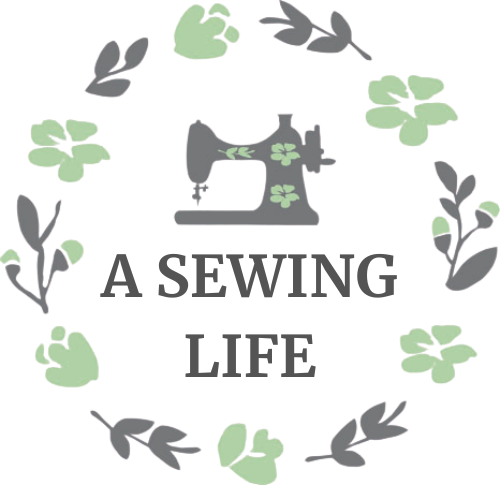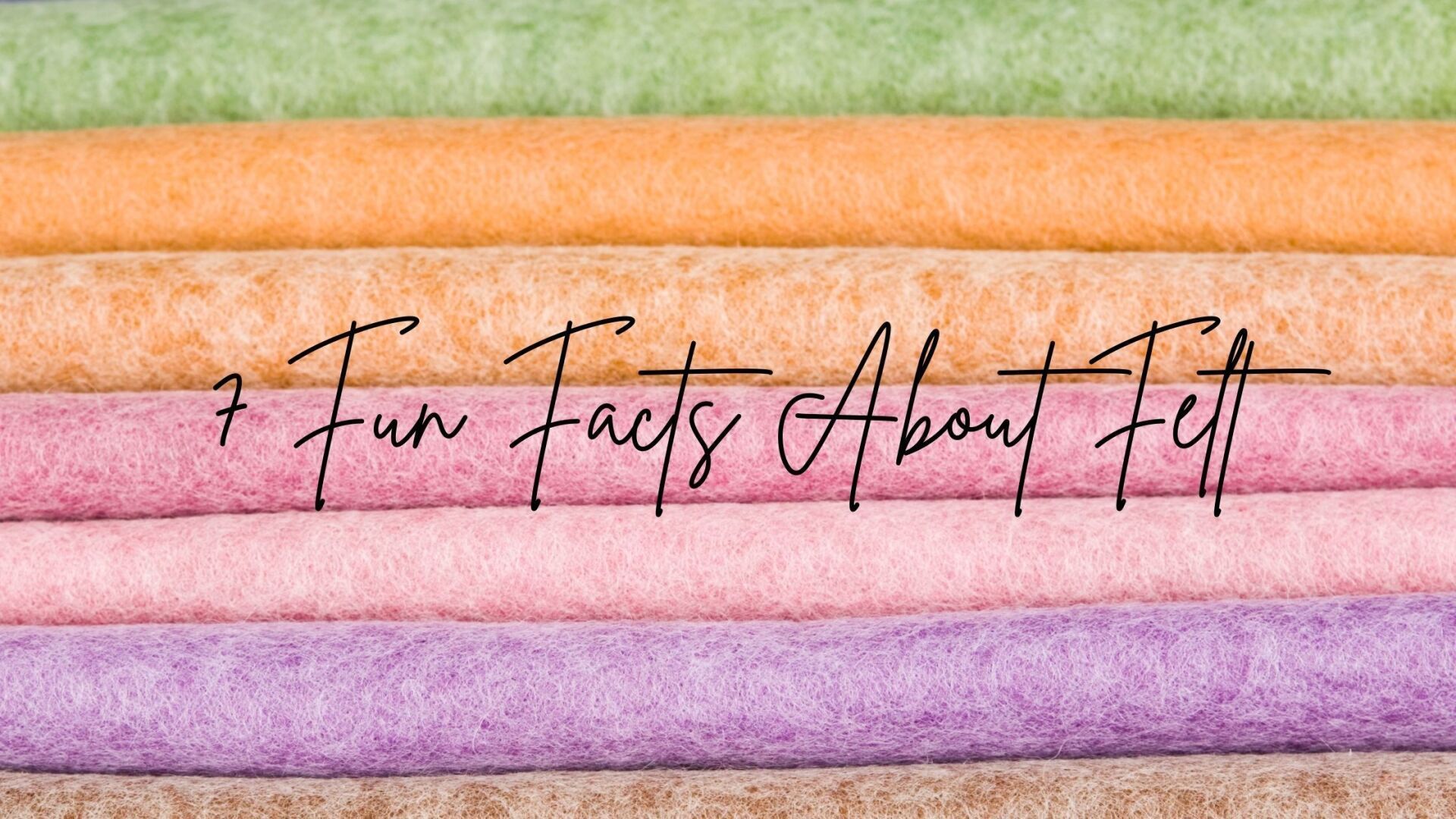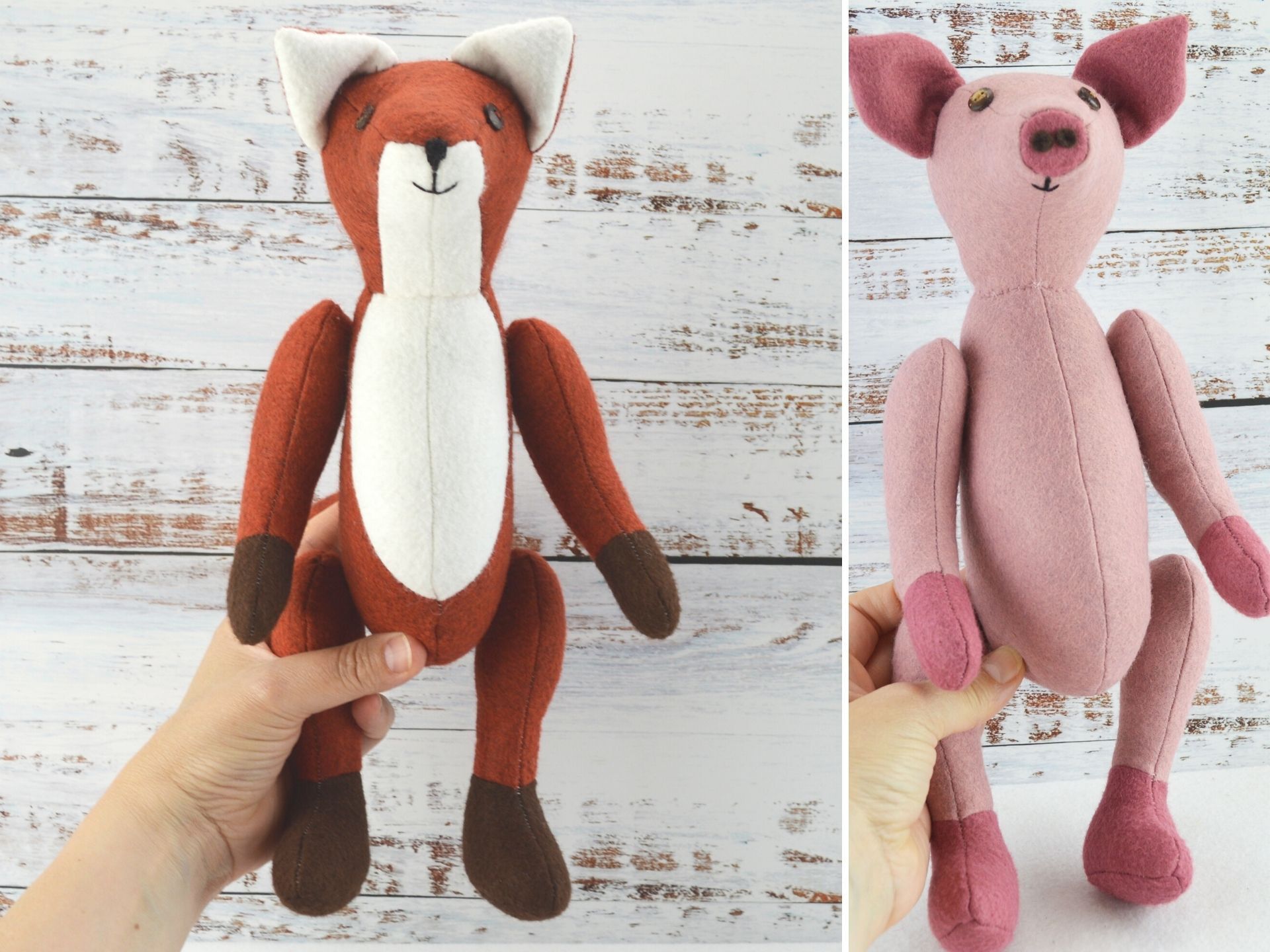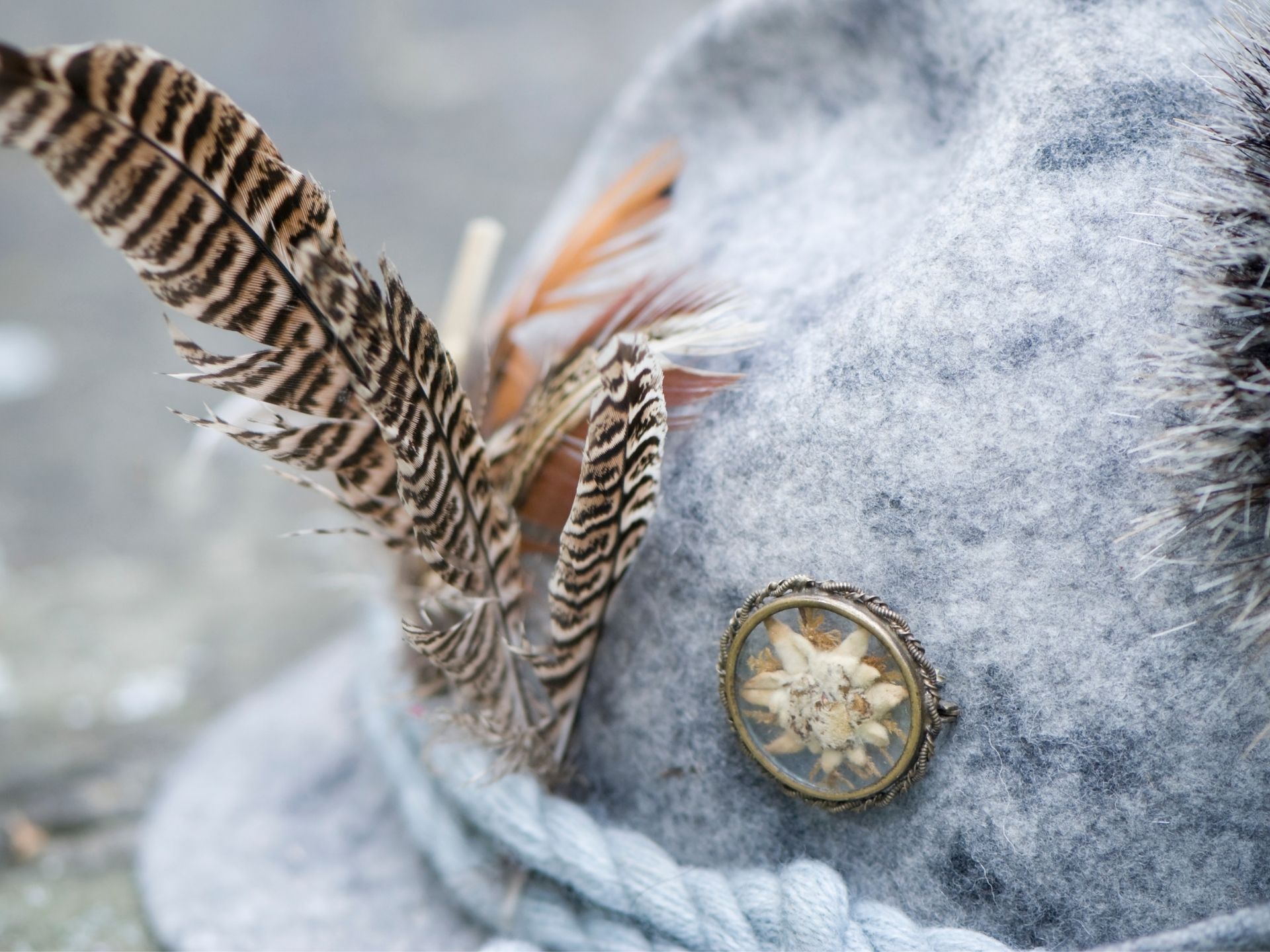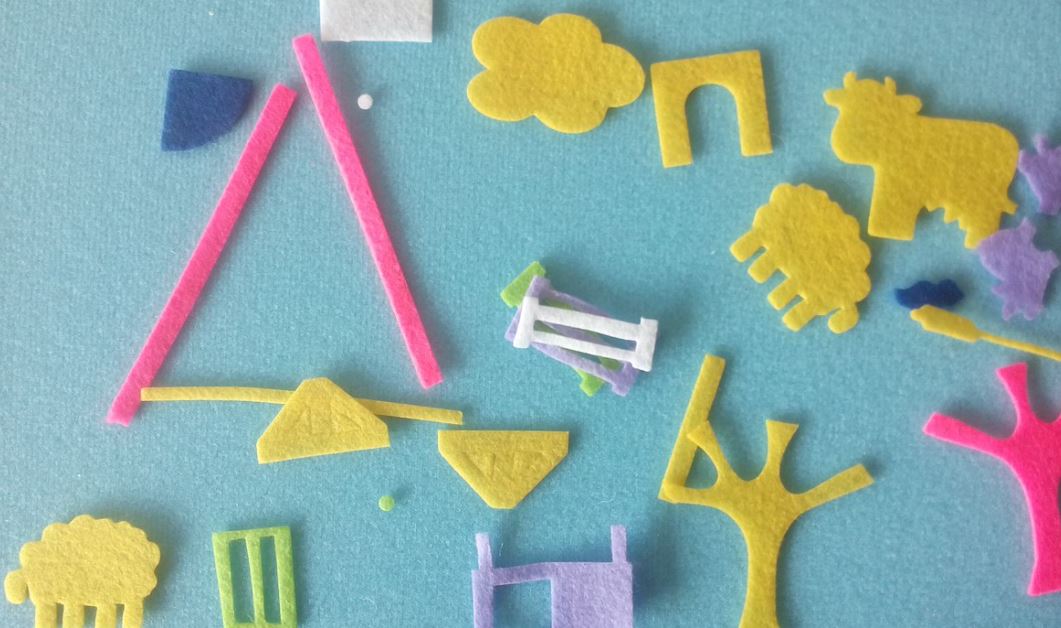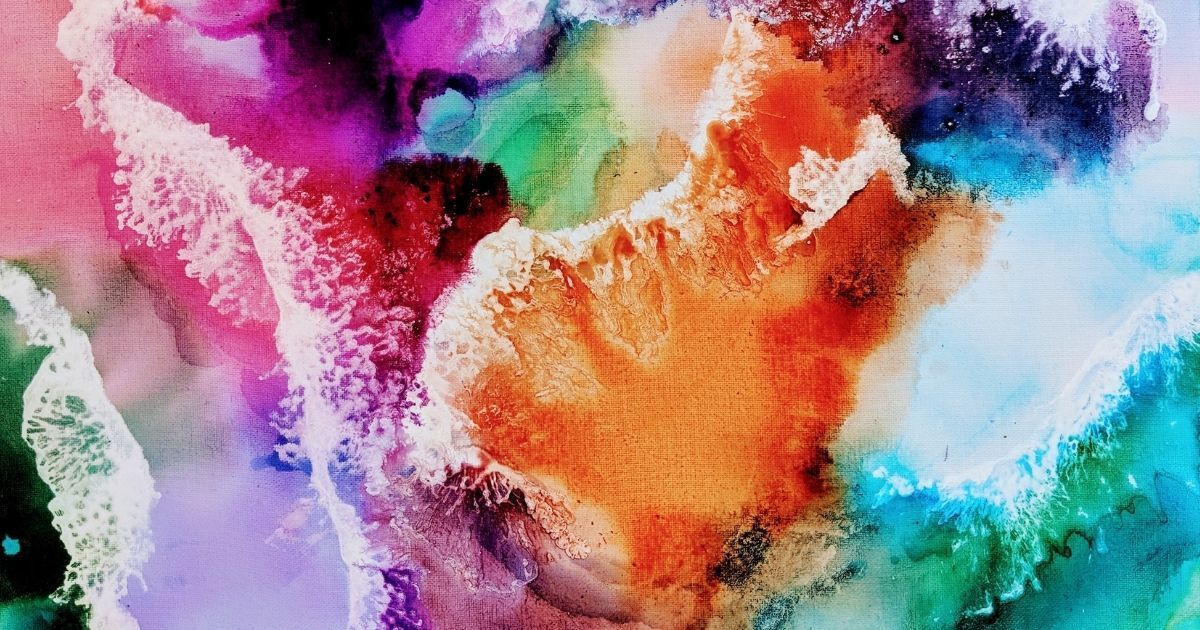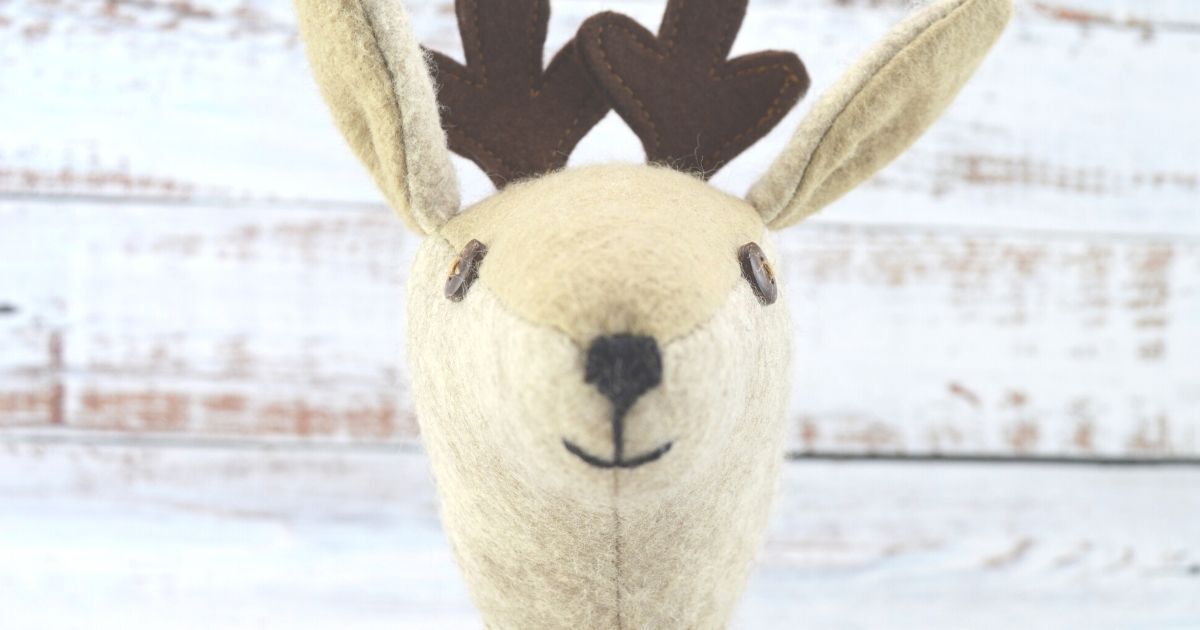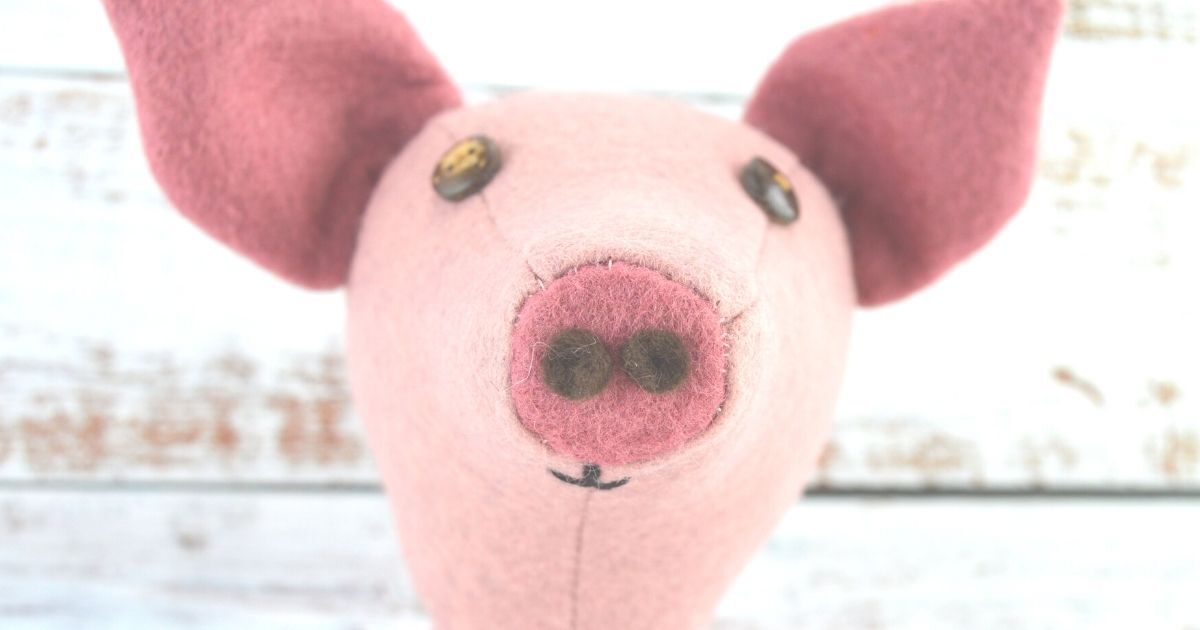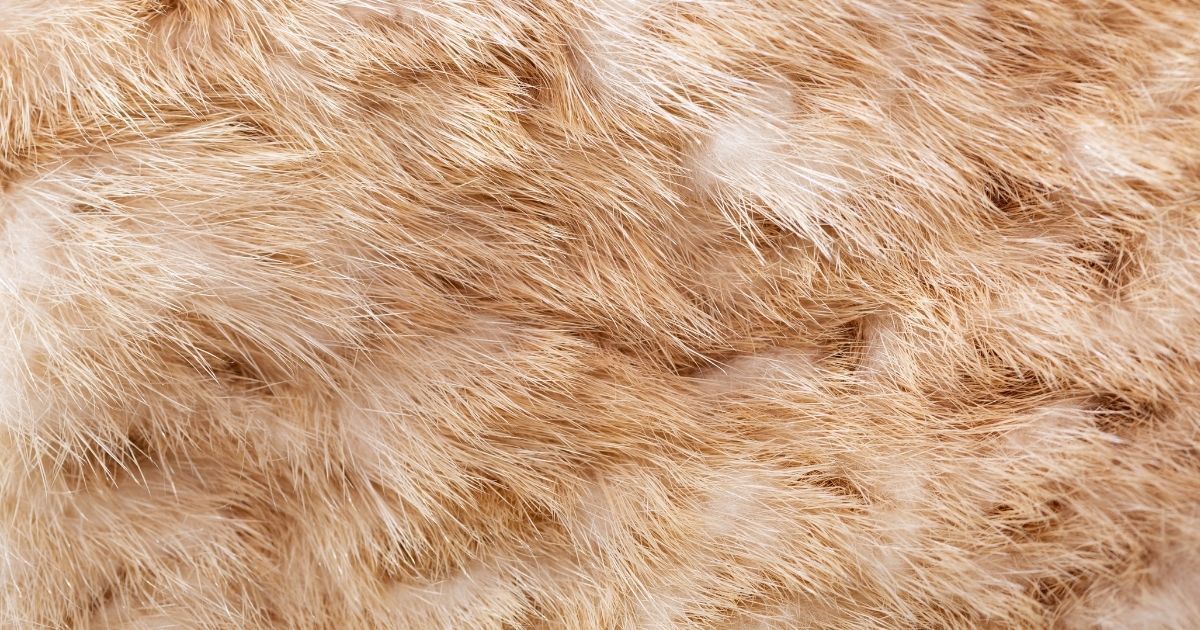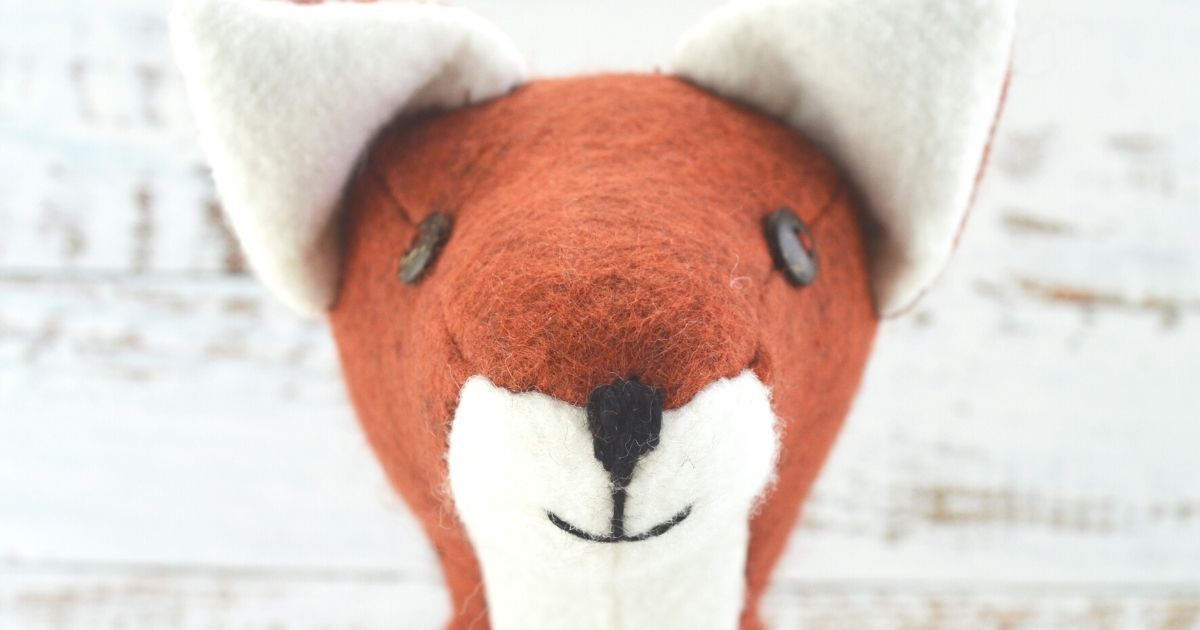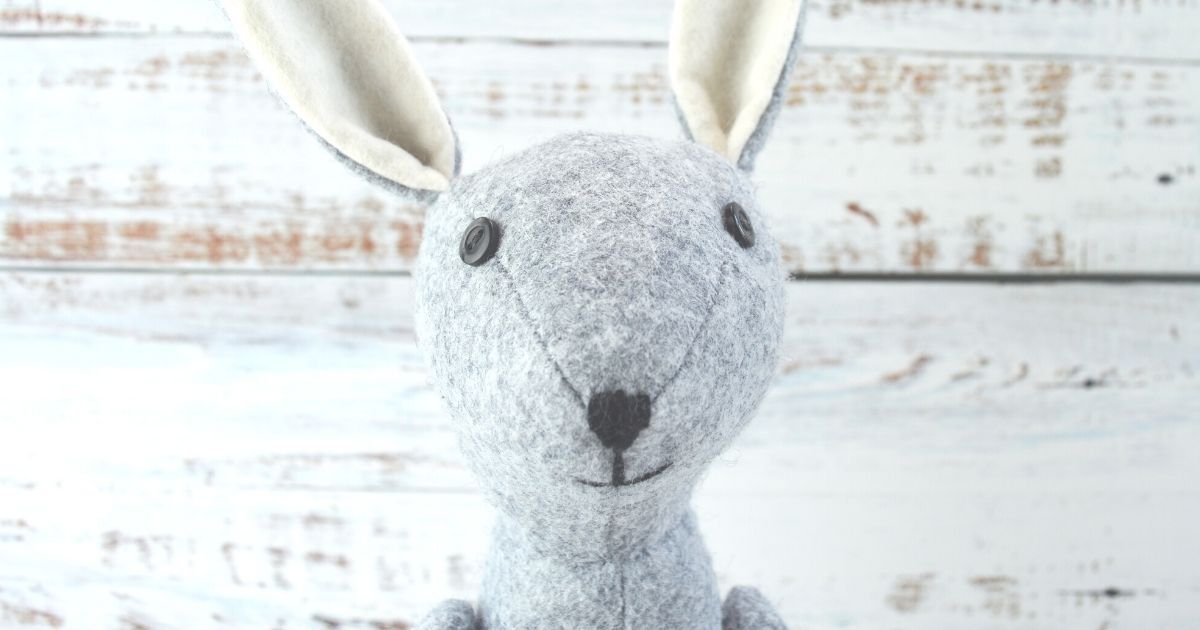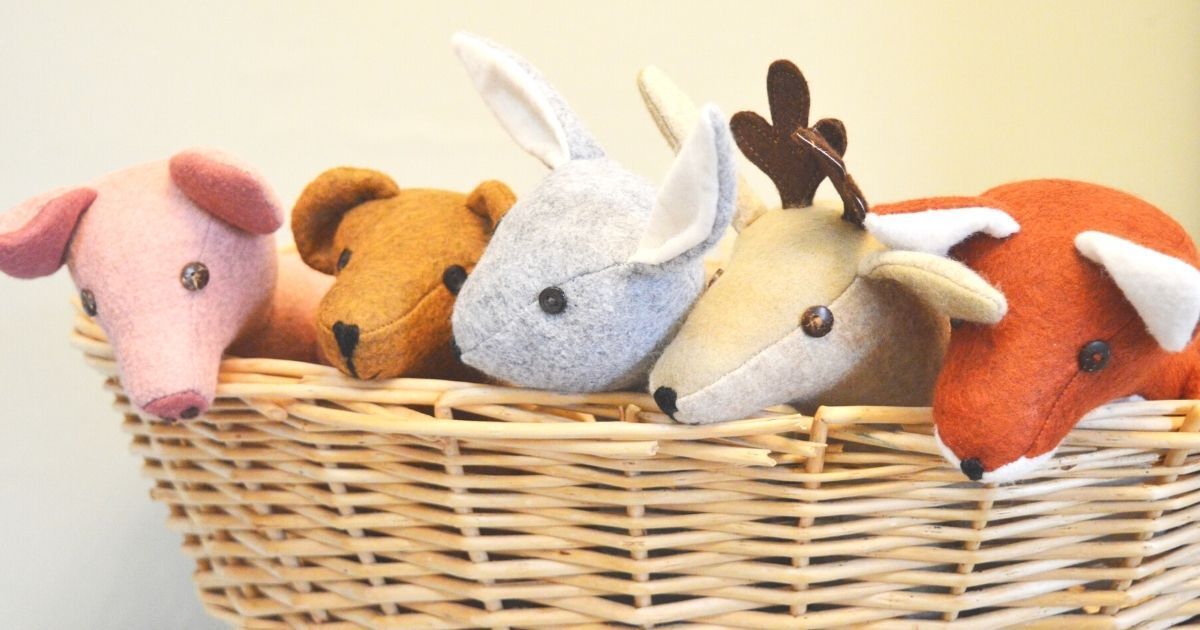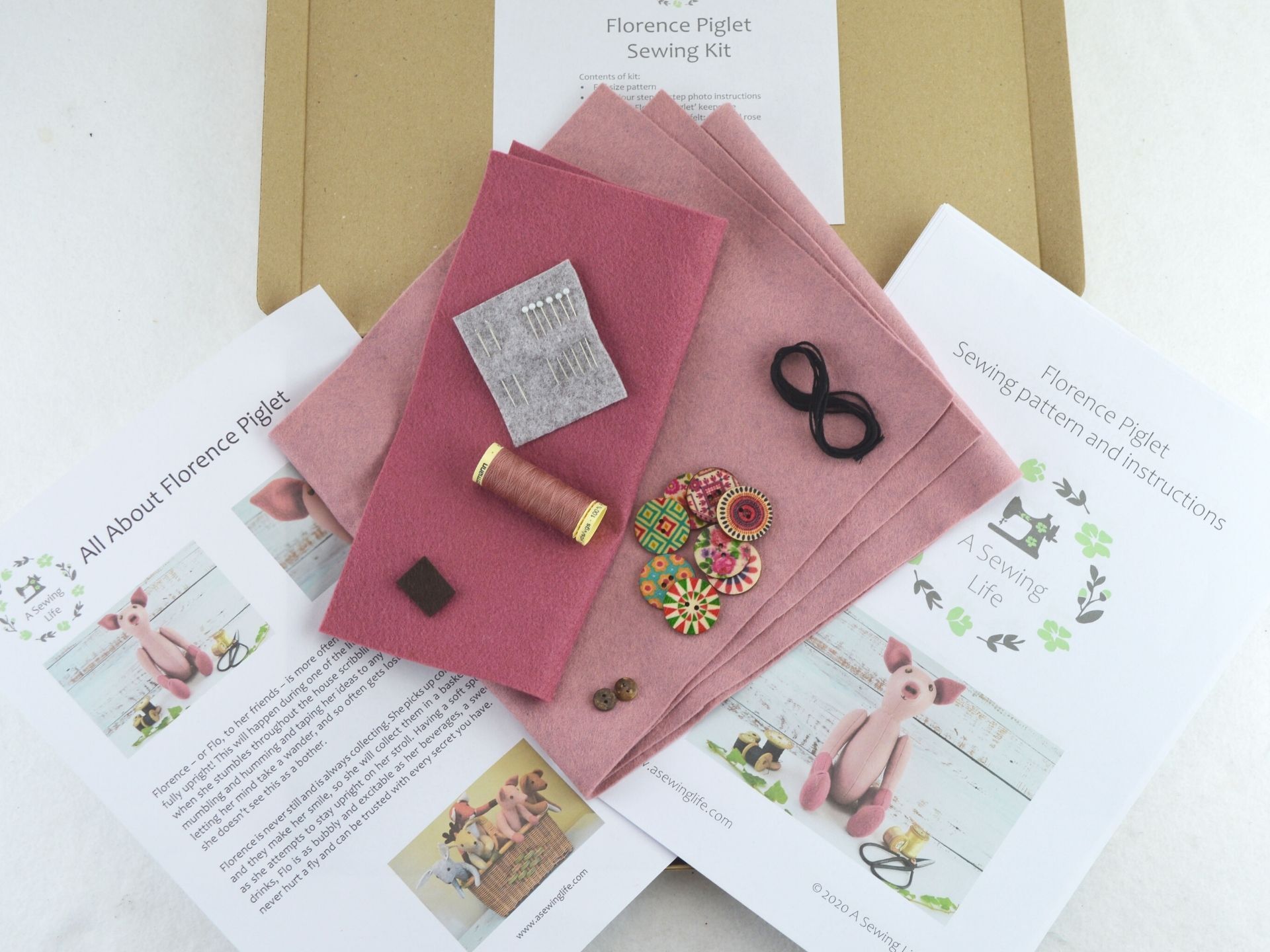7 Fun Facts About Felt
7 Fun Facts About Felt
1.Felt is the Oldest known Fabric
Felt is actually one of the oldest forms of fabric known to man-kind. It was around before both knitting and weaving. There is evidence of different forms of felt being found dating back to the Iron Ages.
2.The Origin of Felt
This is a tricky one because different cultures have different stories about the origins of felt. One of the most common stories is from Saint Clement and St Christopher. Reportedly, when men were fleeing persecution, they packed their sandals with wool to prevent their feet from getting blisters. The effect of the wool fibres rubbing together, combined with the heat and moisture of their sweat, caused the wool to fuse together and effectively created felt socks.
Another common story is that felt originates from Noah's Ark. The ark was lined with wool and the combination of the animal's urine and the compression of the animals walking over the wool, caused it to mat together and form a wool carpet. There are other stories but these are 2 of the most common and well reported.
3. DIY Home Felting
If you have a wool jumper that you don't wear anymore, put it in the washing machine on a hot wash and it will simulate the processes used in manufacturing to effectively 'felt' your jumper. The jumper will shrink and all of the fibres will mat together and form felt. You can then cut the fabric up and use it in craft projects and it will not fray. It is better to use an item of clothing that is 100% wool because if there are any other fibres in there, they will react slightly differently.
If you don't wear the item of clothing anyway and you're willing to try things, have a go and see what happens. If you don't want this to happen to any of your lovely wool jumpers that you like wearing, you should always wash them on a cold wash or by hand. It's the process of the hot water, soap and agitation that cases the wool to felt.
4. How Felt was Involved in the Phrase 'As Mad as a Hatter'
During the 18th and 19th Century, hatters used to make felt out of animal fur. They used a process which was called 'carroting' where they soaked the animal skins in an orange solution to separate the skin from the fur. This was then matted together to form a felt.
Unfortunately, the orange coloured solution contained mercury. The solution and its vapours caused widespread cases of mercury poisoning among the hatters. Hence the phrase 'as mad as a hatter'. In 1941, the use of mercury in the felt industry was banned by the US Public Health Authority.
5. Wet Felting
A common process to make felt is called Wet Felting. This process is typically used with a wool blend felt. The wool fibres are stimulated by friction and kept wet with soapy water. The wet fibres are moved backwards and forwards to cause them to interlock and create a felt fabric. If you'd like to find out some more information about what felt is best for different sewing projects, click here.
6. Fuzzy Felt
In the 1950's a toy was introduced for children that stood the test of time and is still enjoyed by children today. It was called Fuzzy Felt and consisted of a piece of flocked board which had small cut out felt pieces that could be placed on the board to create pictures. There were many different scenes to choose from such as a farmyard, a school house etc.
Fuzzy Felt was invented by Lois Allan during World War II and it was manufactured in her cottage until 1972 when it moved to bigger premises. To date, over 29 million sets of Fuzzy Felt have been sold world wide. Its popularity peaked in the 1970's and it is now considered an iconic children's toy.
7. Musical Instruments
Felt is used inside many musical instruments. For example, in a piano, drums and accordions
What Next?
Now that you have heard some fun facts about felt, if you'd like to start making some stuffed animals out of felt, click here to look through our range of patterns so that you can choose a project.
If you have enjoyed this blog post, please share it with your friends on social media.
